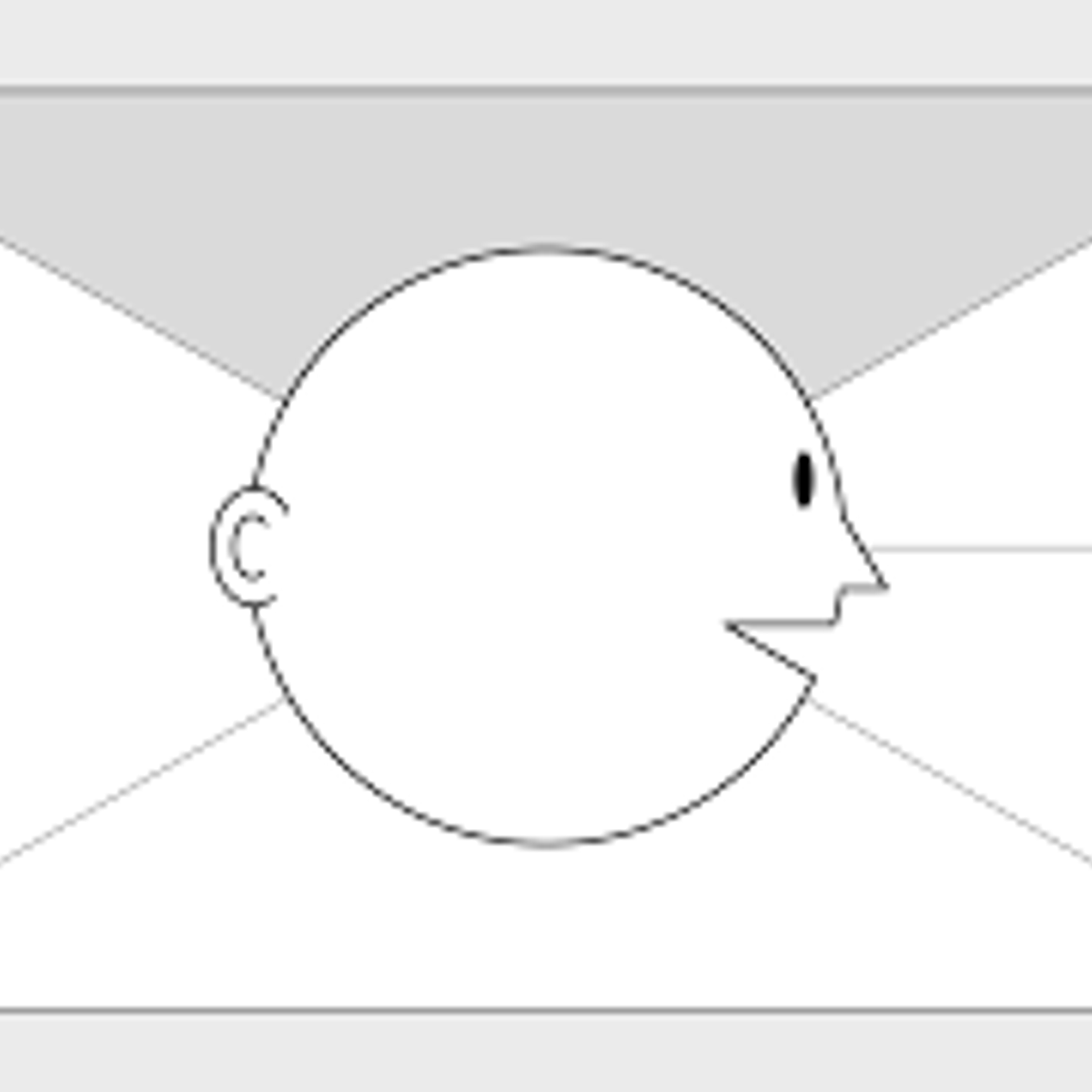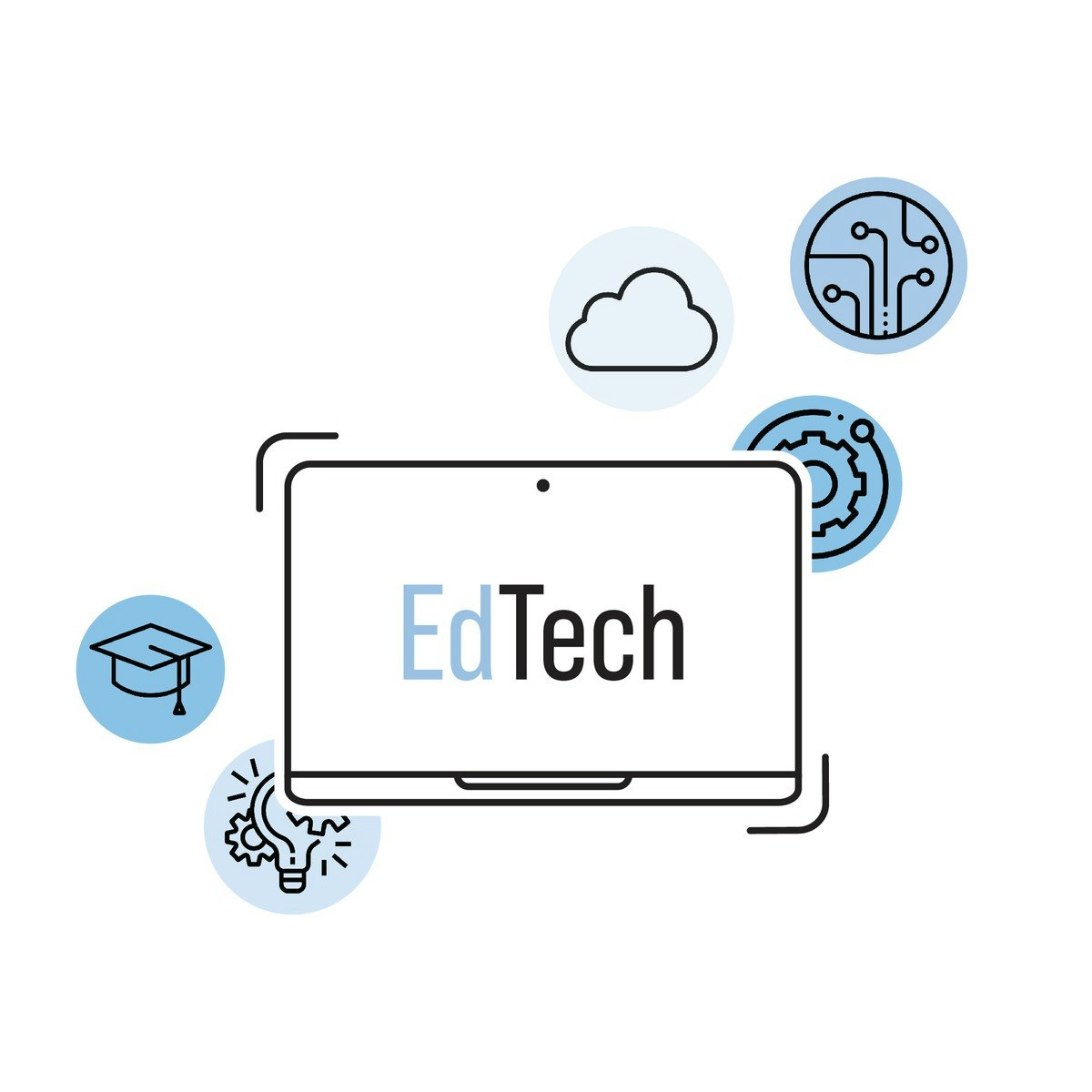Back to Courses









Entrepreneurship Courses - Page 6
Showing results 51-60 of 222

Analyzing Market Attractiveness Using Creately
By the end of this 2 hour-long guided project, you will be fluent in identifying and analyzing business markets and how to discover their attractiveness to new products and services. This project is designed to engage and harness your visionary and exploratory abilities. You will be using proven models in competitive strategy and the Creately platform to explore and analyze the factors that contribute to business success. This is an important step for individuals or companies wanting to explore new markets for products or services.
You will engage in evaluating through examples and hands-on practice examining business immediate forces shaping markets including competitors, suppliers, buyers, threats of new businesses entering the segment, and substitute products. You will be ready to take an entrepreneurial idea through a scientific and logical process, helping you validate your ideas for new business or service. This Course furthers the knowledge and skills acquired during "Analyzing Macro-Environmental Factors Using Creately", and is important step in engineering a successful product or service.

How to Use the Lean Canvas to Validate Your Business Model
By the end of this guided project, you will be able to use the Lean Canvas to test your startup business model hypothesis, and validate the key assumptions. The Lean Canvas serves as a tactical planning tool to guide entrepreneurs in navigating their way from ideation to building a successful business. The Lean Canvas is created especially for entrepreneurs to make it easier for the founders to work their way around the most critical aspects of starting a business. These steps range from identifying the customers and their problems, to designing a unique value propulsion that focuses on the solution; from there to mapping out channels to reach the customers, to pinpointing key performance metrics; then to analyzing the revenue streams and cost structure; and finally, to striving for unfair advantage.
For us to practically demonstrate how the model works, we will use a spreadsheet to analyze a startup Social Venture. Examples from the case study would empower you to use the model to analyze your startup idea or any other company of your choice. Lean Canvas is entrepreneur-focused, but equally useful for everyone involved in introducing a new product or idea to the market. At the end of the project, you will be able to use the Lean Canvas to brainstorm possible business models, prioritize where to start, and track ongoing learning.

Essentials of Entrepreneurship: Thinking & Action
Success in business can be greatly enhanced with an understanding of key entrepreneurial characteristics and competencies solutions. This interactive course provides potential entrepreneurs with the knowledge of succeeding in an entrepreneurial opportunity. Topics include: how creativity, opportunity and feasibility are best evaluated; business strategies for new businesses; importance of a business plan; achieving success in a new business. At the end of the course students will have the skills and confidence to evaluate starting a business, in addition to becoming more enterprising in how they approach their roles should they decide to work in organizations.
Upon completing this course, you will be able to:
1. Learn about the many faces of and contexts for entrepreneurship
2. Learn about the entrepreneurial process and how to manage it
3. Learn about what it takes to be an entrepreneur and your own potential to be one
4. Learn to recognize opportunities to generate and assess your own business idea
5. Explain the business planning process
6. Apply entrepreneurial approaches, concepts and methods to your own business idea
7. Learn about the operational issues in developing new business ventures

Social Business Model and Planning for Social Innovation
In this course we will take the social business opportunity that you have identified in the first course to a higher level. Specifically, you will develop a business model using the Business Model Canvas. Gradually you will also start writing your business plan. Moreover, you will be able to assess different organizational forms and select the one that is appropriate for your developed business model. By the end of the course you will be able to compare different social impact investment methods and choose the right funding strategy for your social venture.
Note: It is highly recommended to have completed Course 1: 'Identifying Social Entrepreneurship Opportunities' before you start with this Course!

Developing Customer Insights with Empathy Map Canvas
By the end of this guided project, you will be able to use the empathy map canvas to develop empathetic insight on your customers. Empathy mapping is a visualization tool that allow you to articulate what you know about the customers. It’s considered as part of the design thinking methodology, and it empower you to create a shared understanding of customer functional, psychological and emotional needs. The canvas has 6 blocks comprising the goal (who, and what), see, say, do, hear, and think &feel (pains and gains). By analyzing each of the blocks, you would be able to develop deeper insights on the customers, and therefore come up with solutions that resonates with their expectations
For us to practically demonstrate how to use the Empathy Map Canvas to conduct analysis and make strategic decisions, we will use a spreadsheet to analyze a Fintech startup company as a case study. Example of the case study would empower you to apply the model to your company or any other company of your choice. The project is for marketers, customer experience designers, startup founders, and innovation professionals that want to develop customer-focused strategy. At the end of the project, you will be able to use the canvas to develop customer-centric insights, and therefore understand your business from the customer worldview

Introduction to EdTech
Co-developed by Supercharger Ventures and EDHEC Business School.
EdTech, short for Education Technology, is one of the most exciting sectors in the economy today poised to re-shape how education systems work and how people learn around the world.
Introduction to EdTech MOOC is designed to explore EdTech fundamentals and build the foundational knowledge for educators, institutions, entrepreneurs and governments to appreciate the impact and potential of new tools, technologies, business models and learning methods in education.
In this course, through a series of video lectures, expert interviews, case studies, and assessments you will learn about the major areas of EdTech including Alternative & Digital Education, Hybrid Learning, Challenger Universities, Learning Apps, How Institutions can apply EdTech, as well as, the core technologies driving EdTech including Artificial Intelligence (AI), Data and AR/VR. You will learn from leading academics and global experts who will share real-life examples about the innovations, technology and policies driving the transformation of education.

Cryptocurrency and Blockchain: An Introduction to Digital Currencies
What is Cryptocurrency and how is it an innovative and effective method of currency? This course was designed for individuals and organizations who want to learn how to navigate investment in cryptocurrencies. Professors Jessica Wachter and Sarah Hammer will guide you through developing a framework for understanding both Cryptocurrency and Blockchain. You’ll learn how to define a currency, analyze the foundations of digital signatures and blockchain technology in cryptocurrency, and accurately assess the risks of cryptocurrency in a modern investment portfolio. By the end of this course, you’ll have a deep understanding of the realities of Cryptocurrency, the intricacies of Blockchain technology, and an effective strategy for incorporating Cryptocurrency into your investment plans. No prerequisites are required, although "Fintech: Foundations, Payments, and Regulations" from Wharton's Fintech Specialization is recommended.

Plan a Successful Freelancing Business
The first course in the Building Your Freelancing Career specialization is focused on freelancers looking to define and solidify their philosophy, values and goals within their future business. Coursework will discuss the importance of understanding their competition and market position in a competitive business landscape, help them define what their unique value is, and how that relates to possible business approaches.
CalArtians who do not see a "Sponsored by CalArts" notice when enrolling are encouraged to access this course and the specialization by joining through the Coursera for CalArts program linked in the course/specialization FAQ.

Design and innovation of business model
The core of Business Model Design lies in skills and leadership of the entrepreneurial manager. It requires a disciplined approach to seeking opportunities, as well as gathering and aligning resources to achieve important goals.
In this course, students will strengthen two important skills: intuition and visual thinking, while applying quantitative methods learned in other courses, such as Finance, Economics and Financial Intelligence.
The focus of this course is on four pillars:
1. Observation as a key element to discover business patterns.
2. The organization of complexity, the art of synthesis using visual thinking, mapping and system design.
3. The concept of white space as "potential activities not defined or mentioned in the current business model".
4. Storytelling and establishing contact.
Observation is a key aspect of discovering business patterns. Students will learn, through different cases and methodologies - some already seen - how to identify key elements of a business model. This includes the nature of an integrated business company in which we define the Business Model.
What would be different if managers thought like designers? Although many business people appreciate the power of design, a formal process for practicing it has been elusive - until now. In this course, the goal is to find a way to organize complexity, the art of synthesis using visual thinking, mapping, and system design, to connect elements as diverse as ideas, resources, transactions, values, and networks.
According to Mark Johnson, the blank space refers to "potential activities not defined or mentioned in the company's current business model; that is, the opportunities that exist outside its core and beyond its adjacencies; that require a different business model to be able to take advantage of them."
An important component of Business Model Design and Innovation is Storytelling and establishing contact. Using technology to connect with the audience is key. As part of the deliverables to be rated, entrepreneurial leaders should know about social media and technology-driven content, concentrating both on modeling how to use these technologies to connect and communicate with others, and how to achieve passion through networks.
Innovation: From Creativity to Entrepreneurship Capstone
The capstone for the specialization will provide a learning experience that integrates across all the courses within it. It will involve analysis of a situation concerning a new enterprise – a venture of one’s own or within a larger organization – to develop the current business model and compare against alternative business models so as to identify potential opportunities and challenges.
Popular Internships and Jobs by Categories
Find Jobs & Internships
Browse
© 2024 BoostGrad | All rights reserved